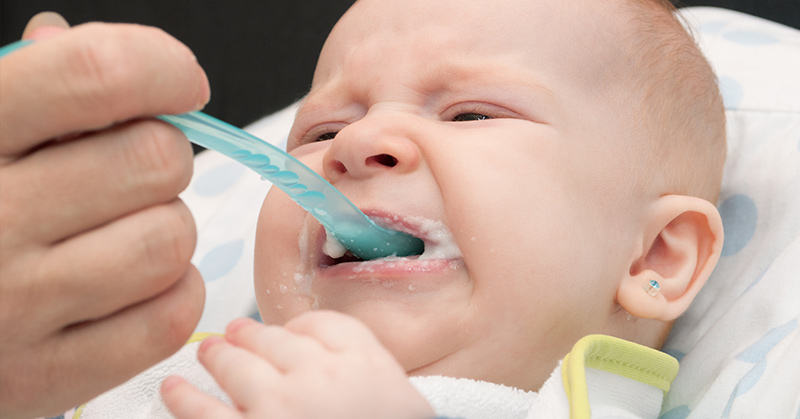A recent report by Healthy Babies Bright Futures (HBBF) revealed that a staggering 95 percent of baby foods tested in the United States contain toxic heavy metals.
Comprised of non-profit organizations, scientists, and donors, HBBF aims to reduce babies’ exposure to harmful chemicals during their crucial first 1,000 days of development.
The presence of neurotoxic substances like arsenic, lead, mercury, and cadmium in these baby foods can have lasting detrimental effects on a baby’s developing brain, potentially affecting IQ, behavior, and mood.
Given that babies are more susceptible to the toxic impacts of these heavy metals due to their underdeveloped systems, the findings are particularly concerning.
Identifying the Worst Offenders
HBBF tested 168 baby food containers from 61 different brands across 13 food types, including major manufacturers like Gerber and Beech-Nut. The results were alarming:
- 73 percent contained arsenic
- 94 percent contained lead
- 75 percent contained cadmium
- 32 percent contained mercury
Of note, 26 percent of the foods tested contained all four metals in a single container, with rice products, sweet potatoes, and fruit juices being identified as primary concerns.
Organic Isn’t Necessarily Safer
Contrary to popular belief, organic baby foods are not immune to heavy metal contamination. The natural occurrence of these metals in the environment means both organic and non-organic foods can have high levels.
The report urges the FDA to regulate arsenic levels in foods like rice, a major source of toxins for children, and calls for action from manufacturers to ensure safer products for children.
Steps to Limit Your Infant’s Exposure
To reduce your child’s exposure to toxic metals by 80 percent, opt for rice-free snacks, avoid teething biscuits, choose multi-grain cereals over rice, opt for water instead of juice, and offer a variety of fruits and vegetables instead of relying heavily on root vegetables.
By taking these steps and being mindful of the types of foods given to infants, parents can help safeguard their children’s developing brains from the harmful effects of heavy metals.
Sources
- https://www.hbbf.org/
- https://www.researchgate.net/publication/225985356_Environmental_Heavy_Metals_and_Mental_Disorders_of_Children_in_Developing_Countries
- https://www.atsdr.cdc.gov/csem/csem.asp?csem=1&po=4
- https://www.ncbi.nlm.nih.gov/pubmed/15345348
- https://www.ncbi.nlm.nih.gov/pubmed/25229165
- https://www.ncbi.nlm.nih.gov/pmc/articles/PMC5333623/
- https://www.epa.gov/mercury/health-effects-exposures-mercury
- https://www.atsdr.cdc.gov/csem/csem.asp?csem=1&po=11
- https://www.ncbi.nlm.nih.gov/pmc/articles/PMC4144270/
- https://www.dartmouth.edu/~arsenicandyou/food/rice.html
- https://www.healthybabyfood.org/sites/healthybabyfoods.org/files/2019-10/BabyFoodReport_FULLREPORT_ENGLISH_R5b.pdf





